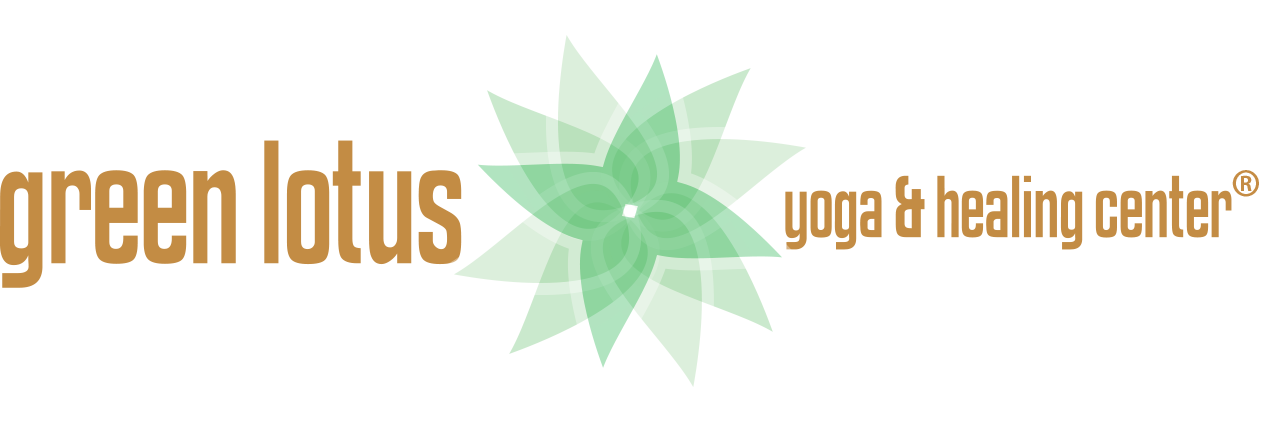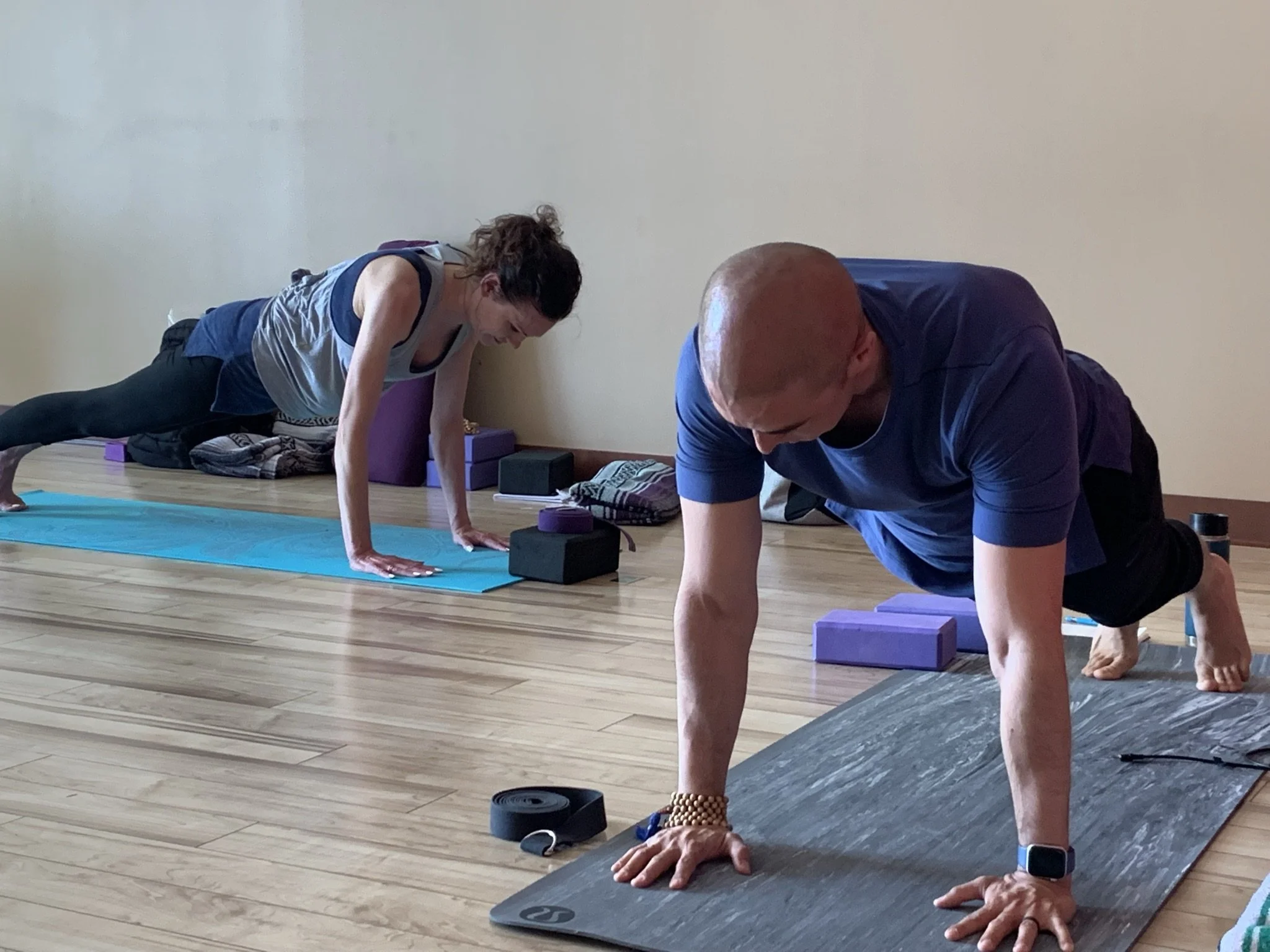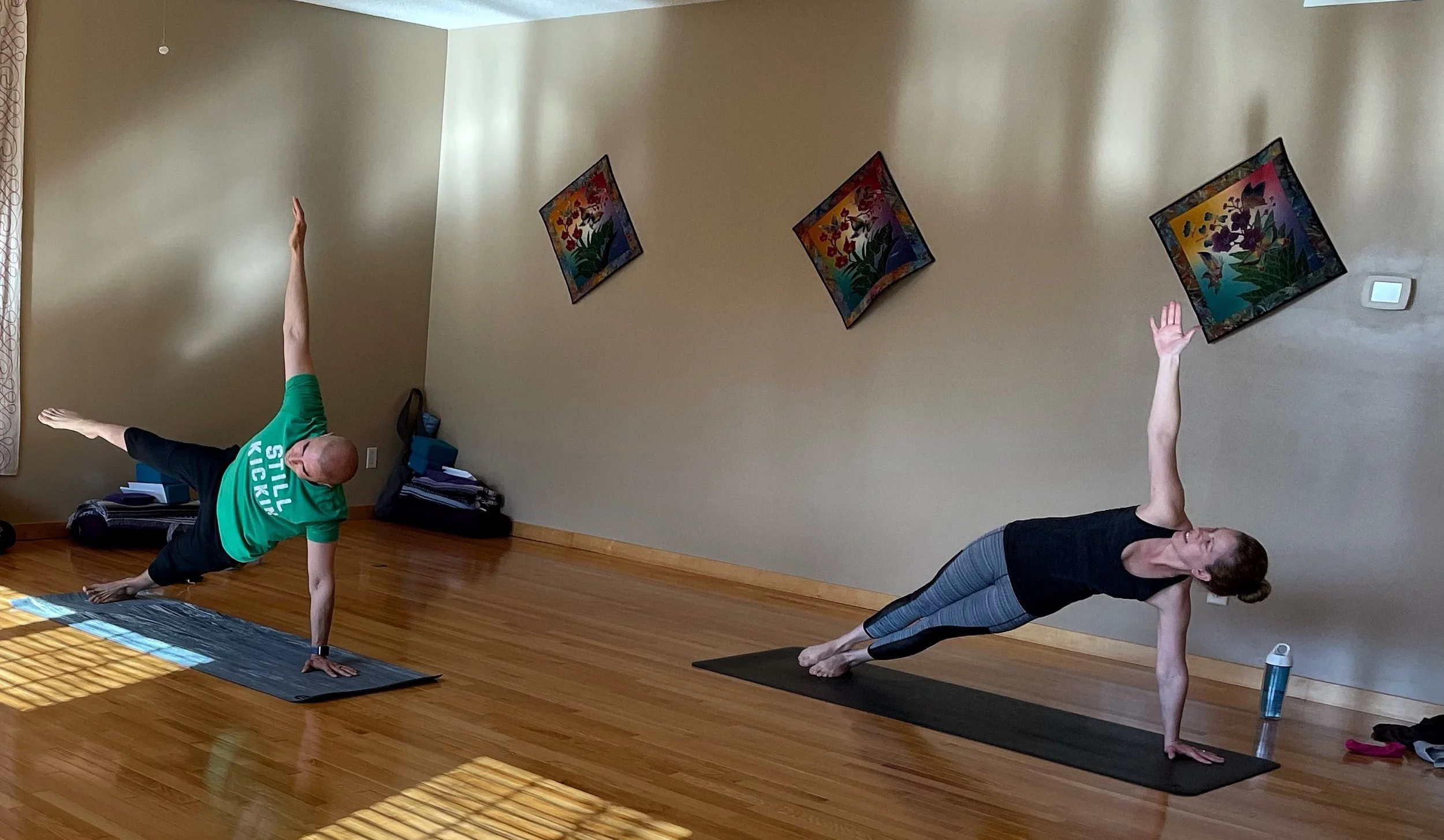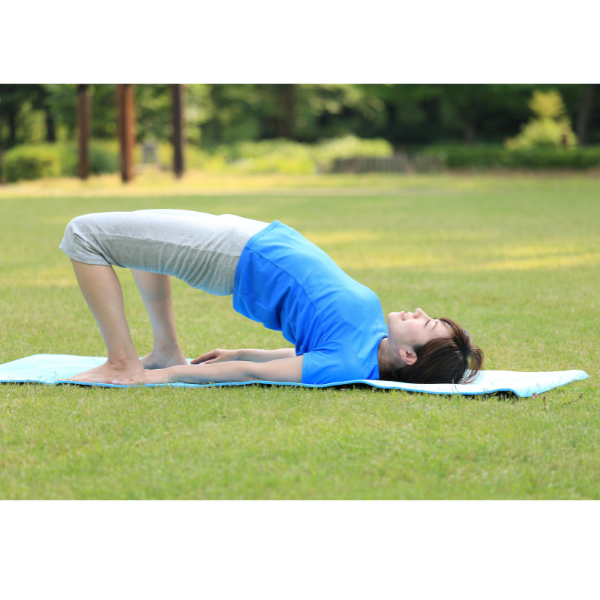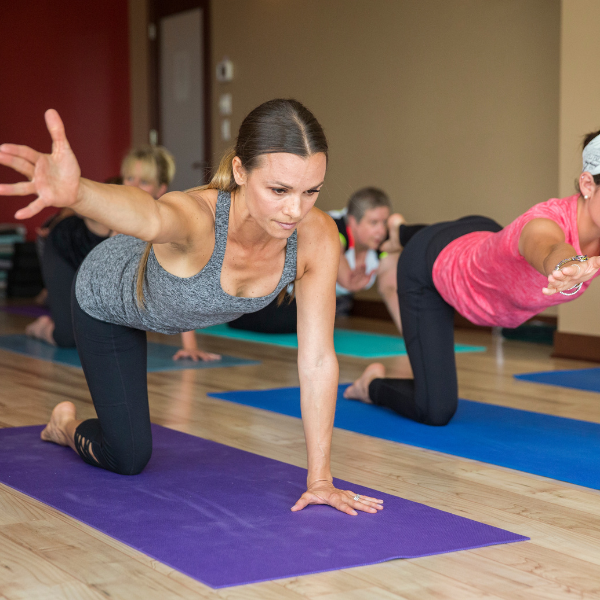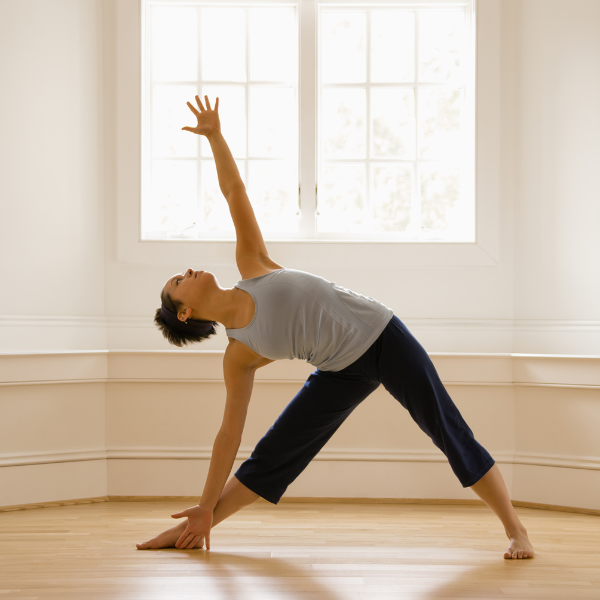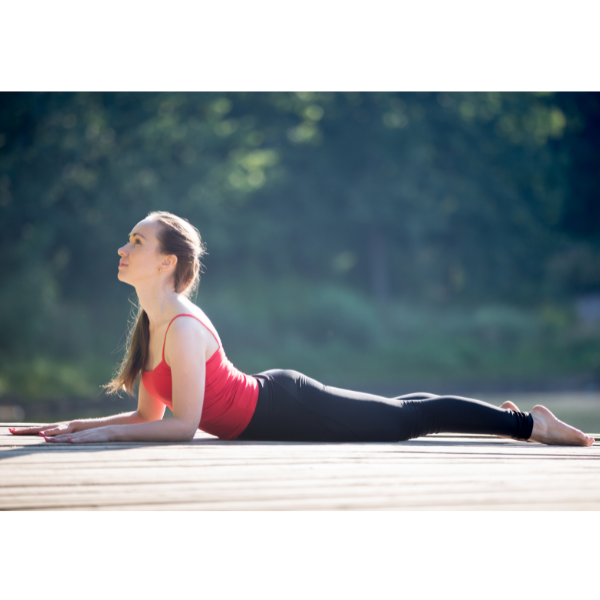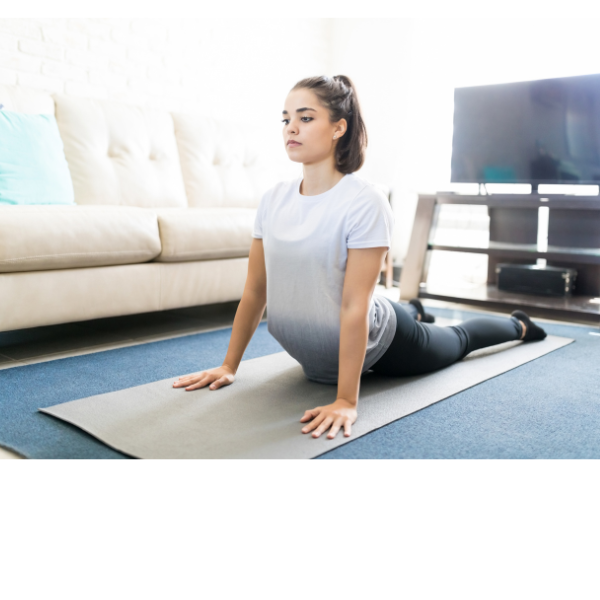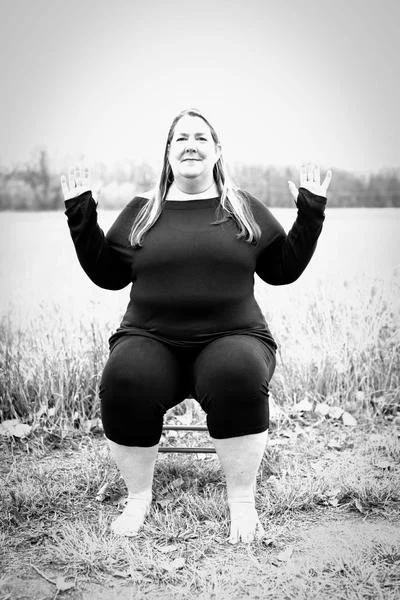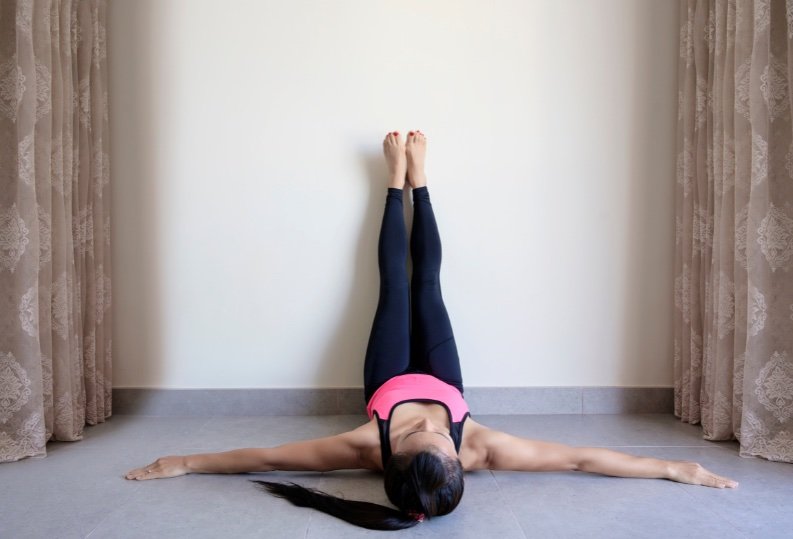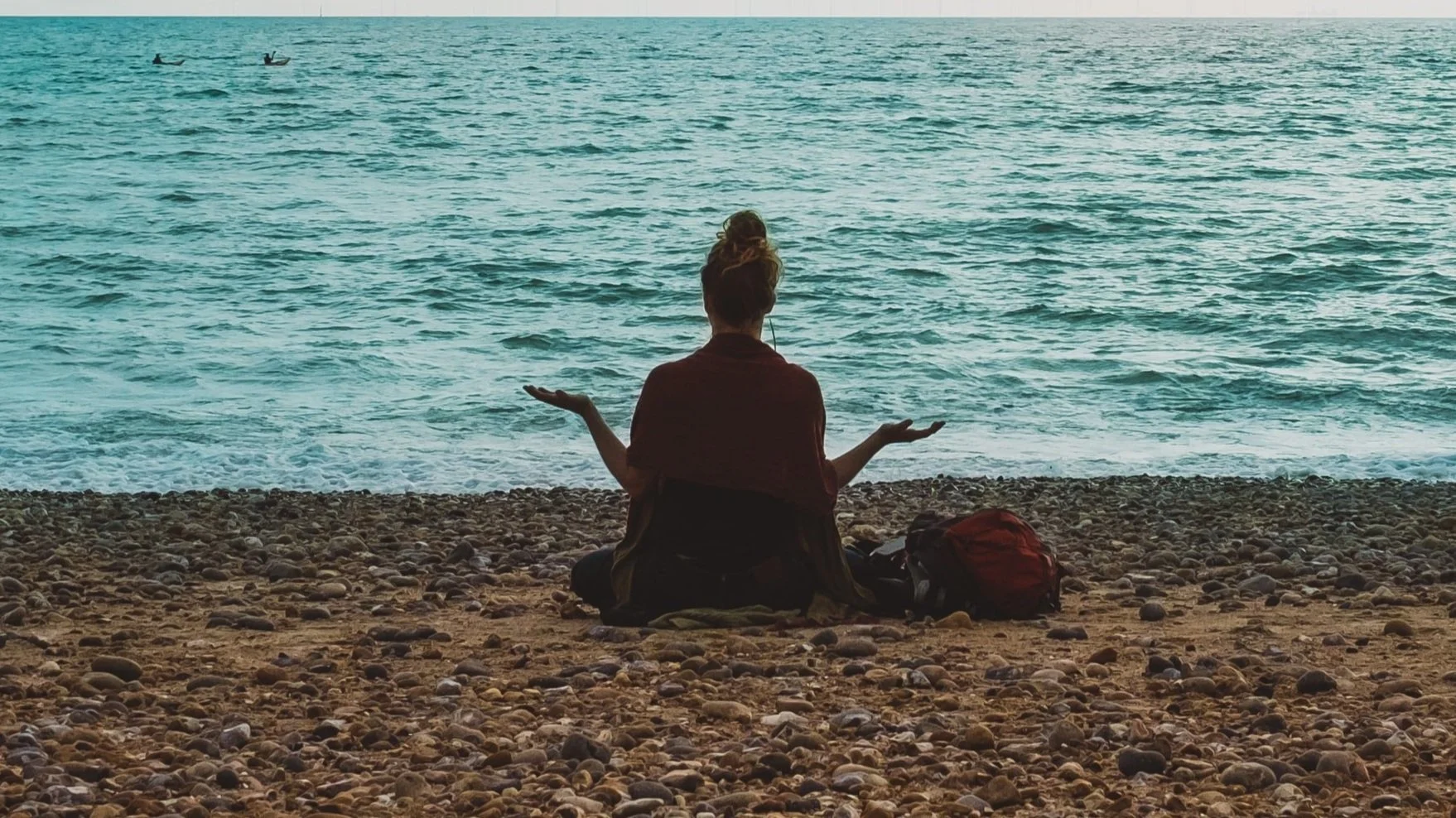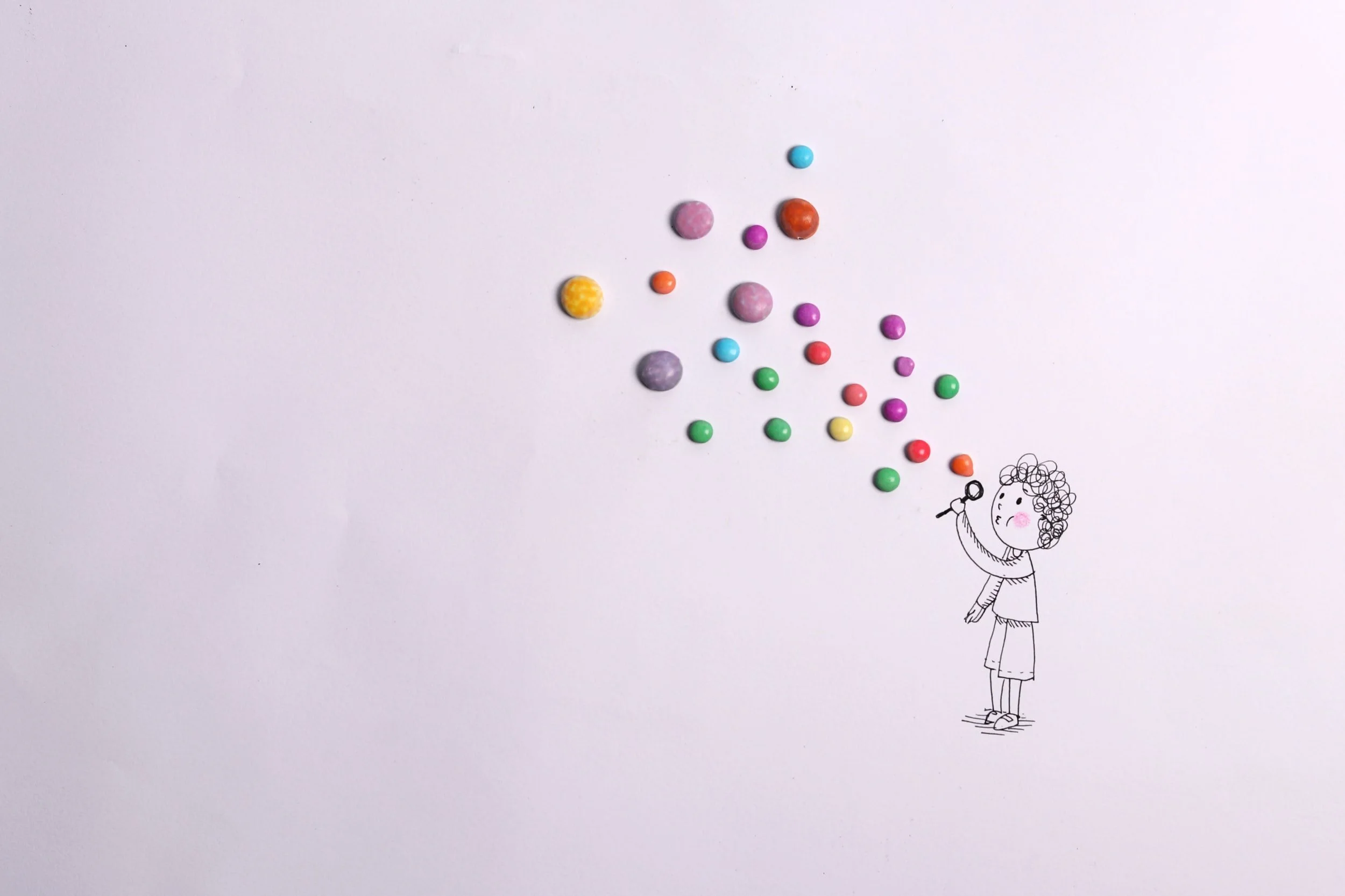The Importance of the Core, On and Off the Mat
/By Andrea Claassen — Last Updated: August 12, 2024
You’ve probably heard the terms core conditioning and training, but do you know which muscles make up the core? When a fitness professional talks about training the core, they are speaking about the muscles from just below your shoulders to your glutes. The major muscles are the rectus abdominis, external and internal obliques, transverse abdominis, erector spinae, psoas, gluteus medius, gluteus minimus, and gluteus maximus.
By OpenStax College - https://cnx.org/contents/FPtK1zmh@8.108:y9_gDy74@5, CC BY 3.0, https://commons.wikimedia.org/w/index.php?curid=64291130
These muscles stabilize the body, support our spine and pelvic floor, and transfer weight between the upper and lower body. The diaphragm, which helps you breathe, is also part of your core. We use our core constantly, and the stronger it is, the more efficiently we move and the better we can avoid injury.
A strong core can help relieve back pain and improve your balance, posture, and spinal stability. Spending even just five -ten minutes a day on a core routine four times a week will produce benefits.
One great way to strengthen your core is through yoga. Your core is used in every yoga pose, and there are some that target the midsection a bit more than others. Here are some poses to work on if your goal is to improve your core strength and stability.
Core Yoga Poses
plank pose
Plank Pose (Phalakasana)
This pose uses the transverse abdominis to help stabilize the midsection. It acts as the “corset” of the body. You can practice Plank Pose on your hands, which will strengthen your arms, or on your forearms if you’re trying to engage your midsection a bit more (this position is also better for students with wrist issues).
boat pose
Boat Pose (Navasana)
This pose is often a staple in yoga classes that focuses on the core. Sit on the glutes (and on the sitting bones), slightly leaning back to engage the core muscles. Your arms might extend out in front of you and one or both feet might lift off the floor. As you hold this posture, remember to maintain a full, deep-breathing pattern.
side plank pose with lifted leg variation
Side Plank Pose (Vasisthasana)
This pose can be done balancing on the hand or on the forearm. In yoga classes, it’s typically balancing on the hand, which increases upper body strength. Make sure not to lock out your elbow joints, to align your shoulder, wrist, and elbow and to engage the bicep as you hold this posture. Side Plank can be done on the knees or toes, and there are many other leg variations to increase difficulty if desired.
bridge pose
Bridge Pose (Setu Bandha Sarvangasana)
This is a staple posture to help strengthen the glutes and hamstrings. It’s a great reset posture after doing several crunches or other poses that flex the spine. You can use it to get the glutes firing before going for a walk or run.
bird dog pose
Bird/Dog (Dandayamana Bharmanasana)
This posture is done on all fours. Extend the opposite arm and leg behind and in front of the body. You can add pulses or adduction and abduction of the limbs while maintaining the core muscles. The hips should stay level, as if you were balancing a cup of coffee on your lower back. The shoulders should stay flattened and level as well.
triangle Pose
Triangle Pose (Uttanasana)
This traditional posture is quite the core engager if done properly. The main thing to notice as you’re in this pose is whether you are looking at the floor with your chest turned down. If you are, then you’re too deep in the posture. You want to engage the core muscles by lengthening through the spine and spiraling your chest open to the side you’re facing, rather than turning to the floor. This posture can be made more challenging by holding onto a yoga block or ball to engage the obliques a bit more. Make sure you breathe all the way from your upper abdominals to your pelvic floor.
A few tips as you train the core:
Exhale as you lift in a crunch and inhale as you lower. As the workout/poses gets harder, it’s common to hold your breath, so remember to continue breathing steadily throughout. A balanced core training session incorporates rotation (internal & external obliques), crunches or spinal flexion of some variety (rectus abdominis), planks (transverse abdominis), and glute engagement poses.
Of course, yoga isn’t the only way to strengthen your core. Two other great approaches are mat Pilates and Barre yoga. Mat Pilates incorporates deep core work without the Pilates machine and can be done at home or in a class. The emphasis on precision and breathing really targets deep core muscles. Barre yoga combines elements of ballet and Pilates and yoga. It’s a low-impact way to enhance balance and stability.
Regardless of how you choose to work your core, make sure you both strengthen and lengthen the core muscles by stretching when you’re done! Our core muscles can become tight over time and cause our core to become weak even with all the strengthening we do, so make sure you take time to stretch.
Core Stretches:
sphinx pose
seal pose
1. Sphinx Pose
2. Seal Pose
3. Hanging from an exercise bar (hands on a bar, legs straight down)
4. Lying over the top of a stability ball
5. Rolling over a deflated small exercise ball (on your belly finding trigger points)
6. Breathing properly – as you inhale, fill your belly up like a balloon and relax into the pelvic floor; as you exhale, feel your belly relax and your pelvic floor lift.
Stay Strong!
If you’re a yoga teacher interested in incorporating these practices into your classes, or even an experienced yoga practitioner looking to expand your toolkit, consider taking the Green Lotus Mat Pilates & Barre Yoga Teacher Training courses.
Andrea Claassen is an Ayurvedic Wellness Coach, RYT 500 yoga teacher, author, and Wild Woman Project Circle Leader who has been in the wellness field since 2007. Her mission is to help you slow down, tune in, and connect to your divine body wisdom. She uses mother nature as the guide, inviting you to learn to live a cyclical and more aligned life.
Andrea is a lifelong learner and has studied many modalities throughout the years to better her students’ results. She has a BA from Hamline University with a double major in psychology and sports and exercise science. She is a certified pre/postpartum athleticism coach and restorative yoga teacher. She received her 200-hour training certification at the Minneapolis Retreat Center and her 300-hour training certification at Devanadi School of Yoga and Wellness.
